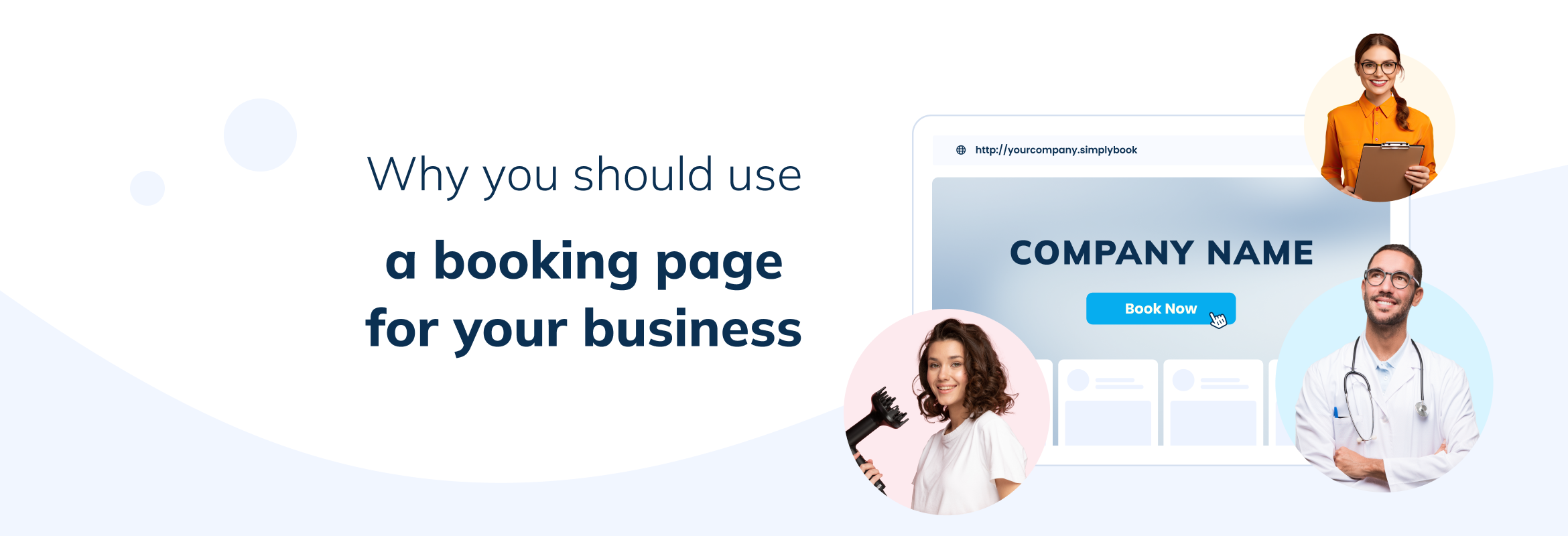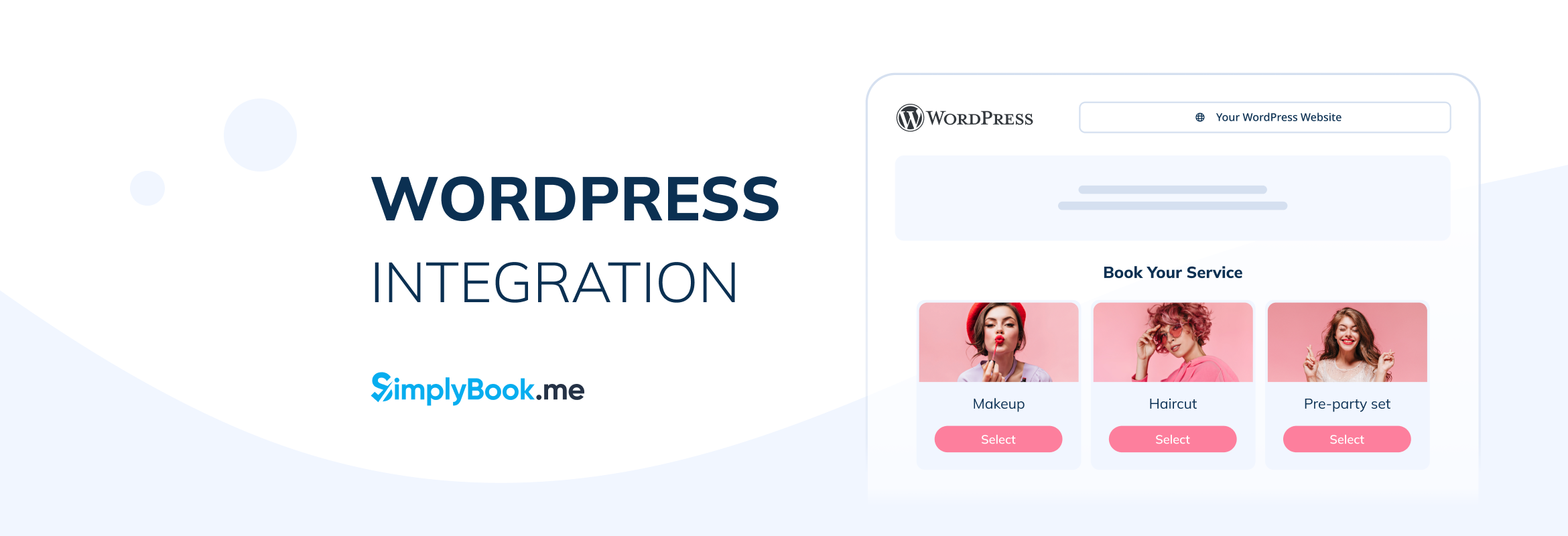10 Steps to Build an Effective Marketing Funnel for Consultancy Services

This post is also available in:
![]()
![]()
![]()
![]()
As business owners, consultants wear many hats, from lead generation and client onboarding to getting the work done for clients. And the last thing anyone would add to the list is scheduling calls with wrong prospects that aren’t a fit for your offers. Although free consultation is a norm in the consulting industry, it is only worth it if you’re getting on calls with the right prospects. This is where a marketing funnel comes in.
A marketing funnel helps you automate lead generation, prospecting, and nurturing while spending time on other essential tasks.
This article covers the steps to build an effective funnel for your consulting business.
What Is a Marketing Funnel?
The marketing funnel represents a client’s journey and the different stages of their experience with your brand.
A client’s journey starts when they become aware of your brand, irrespective of how and when. It continues until they become recurrent clients and ultimately brand ambassadors.
An effective marketing funnel helps you qualify leads, evaluate their readiness to buy, and ultimately know how to influence them to pay for your services.
There are various versions of the funnel, but the general concept is similar and simple to grasp. The main idea is to picture your client’s journey as a funnel, with the top being the wider part and the bottom being the narrow part that lets out the fluid.
The simplest version of the funnel consists of three parts;
- Top of the funnel (ToFu)
- Middle of the funnel (MoFu)
- Bottom of the funnel (BoFu)
The top of the funnel is the widest part, representing the awareness stage. Here, a prospective client becomes aware of your brand, whether through a paid ad, blog post, Google search, or through your social media pages.
The middle of the funnel is the consideration stage. Here, the prospect seeks more information about your business. The prospect considers the possible solutions available, evaluating your brand against competitors.
Depending on how you manage this phase, the prospect may or may not end up in the final stage, which is where they decide to pay for your service.
The bottom of the funnel is the decision stage, where prospective clients decide whether the offer meets their needs or not.
Not everyone who becomes aware of your brand will transition to the consideration stage from the first stage. And at the decision stage, the numbers reduce further. Hence, the funnel concept.
To some other marketers, the funnel extends to the loyalty and advocacy stages. These are where clients are now consistently patronizing your services and referring others to do the same.
Viewing your clients’ journey in light of the marketing funnel helps you understand your audience’s behavior and influence it for better productivity.
10 Steps to Build a Marketing Funnel for Your Consultancy Business
Now that you understand what a marketing funnel is, here is how to create one for your business.
1. Visualize and Map Out your Funnel
The concept of a funnel might get people thinking “technical and difficult,” but it isn’t.
Building a marketing funnel does not imply abandoning your current workflow; instead, it’s all about organizing and improving it.
Start by thinking through your current processes and identifying what has worked for you.
Map out what your funnel would look like based on your previous clients’ journey.
Some areas to look into are:
- Which traffic source provides the best ROI for you at the moment?
- What are the common questions prospects ask you when you get on a call?
- Which solutions do most of your clients run to you for?
- How does your current work process look?
You can only answer these questions by analyzing the state of your business and clients.
Your answers to these questions will lay the foundation for the marketing funnel. For instance, the traffic source will inform your decision on the channels to invest in for better results; the common questions prospects ask will help build a targeted landing page, and so on.
If you haven’t been tracking these details, then it’s time you start monitoring your marketing efforts and results. This will not only help you make better and data-backed decisions but will help you replicate your results.
2. Build A Highly Converting Landing Page
With your mapped-out funnel, set up your landing page.
A landing page is where prospects are directed from paid ads or other traffic sources. Your landing page should qualify prospects and streamline them into leads that you can nurture as they move down the funnel.
With a well-designed landing page and a unique sales copy, you can wade off prospects that aren’t a fit for your offers.
Doing this will reduce the time spent on wrong prospects to the barest minimum and increase your ROI.
The ideal landing page should contain the following elements.
- A captivating, relevant, and concise headline
- A clear description of the visitor’s problem and the solution you offer
- Social proofs such as testimonials and ratings
- A brief call to action telling the visitor what to do next
Here are some ideas for effective landing pages for consultants:
- Build a Squeeze Page:
A squeeze page is a landing page built to collect contact information from your prospects.
It offers a lead magnet (a free offer) that propels your prospects to give you their email address.
Their email address will help you convert more customers over time, reducing your cost per lead.
- A Freemium or Free Plus Shipping Funnel
Depending on what you offer as a consultant, you can create a freemium digital product to get your prospects in the door.
A freemium offer (less than $10) will get your prospects’ email addresses and reduce paid advertising costs.
If the offer is compelling, your prospects will take advantage of the freemium offer, providing you with the opportunity to impress them while also selling them on your high-ticket product.
The offer can be anything from an eBook to a paid webinar that addresses the pain point of your prospects.
By doing this, you can recoup some of your advertising costs while still converting high ticket clients.
3. Run Paid Ads
Web traffic is an essential part of building an effective funnel. While organic traffic is ideal for long-term results, paid ads help you get your business running as soon as possible.
To create a budget-friendly funnel, you should incorporate both types of traffic sources into your overall marketing plan.
Running paid ads is popular among consultants. It’s faster to get the right traffic from running paid ads because your ads target those who need your services.
According to statistics, the average Facebook advertiser makes $2 for every $1 spent, and the average Google advertiser makes $8 for every $1 spent. This goes on to show how profitable paid ads are when done right.
For a successful paid ad campaign, audience targeting is one of the most critical factors. Here are some of the essential targeting criteria to consider:
- Keywords and related topics
- Individuals with specific job titles
- Companies or brands in associated industries
- People in your locality, city, or state.
For Google ads, keywords are crucial. The more specific a keyword is to your niche, the better. For example, running an ad with the keyword “management consultant” may be very competitive and expensive.
However, the competition and cost are lower when you advertise for keywords like “management consultant for restaurants” or “management consultant in Boston.” The more specific you are, the better.
Facebook ads are also a popular option for consultants. The Facebook platform offers advanced audience targeting features that you can leverage when running ads. The social platform also has an ads library to check your competitors’ active ads and learn what they are doing.
A notable feature of Facebook ads is its Lead ads that allow you to collect prospects’ information right on Facebook without directing them to a page.
You can also let prospects book your service on Facebook, so they don’t have to leave the platform.
Why mention this?
Here’s the thing. Facebook lead ads will get you more leads, but most tend to be low-quality leads that don’t convert.
According to WordStream, directing prospects to your landing page and converting leads on your page increases the quality of leads.
On the other hand, the quality suffers when you run lead ads (collecting information on Facebook directly).
Other social media platforms you can advertise on include LinkedIn and Instagram. The same rules apply. Target the right audience, speak directly to your clients, make a compelling and concise offer and finally, use a simple and clear CTA.
For your ads copy, you can either do it yourself with the aid of AI copywriting tools or outsource to freelance copywriters.
4. Nail Organic Traffic Sources
No matter how good your ROI is with paid ads, nothing is better than getting free organic traffic to your offer landing page.
You can use many organic traffic sources to capture attention and create awareness for your business. Here are some things you can do to put the word out there:
- Create a well-optimized Google My Business profile for your brand
- Create video content on Youtube and distribute it to other channels
- Attract new audience through SEO and content marketing using a blog
- Build trust and demonstrate expertise with industry events, direct mail, and media mentions.
- Create excellent content on social media and build up your followers.
- Create a referral program and get referrals from influencers and past clients.
- Answer questions relating to your industry and business on Quora, Reddit, Twitter, and similar websites.
5. Simplify The Process of Booking Appointment
A booking system should be in place to help get interested prospects on board for your free consultation or paid offer.
As a consultant, this is one of the administrative tasks that can make or mar your business. You don’t want your leads disappearing because they don’t understand how to set up a meeting or phone call with you.
Therefore, your booking system should be simple and effective for your business. You should be easy to find and meet. So, clients can benefit from your company.
On that note, you don’t want to do this manually. It is best to set up an online booking system that allows you to conveniently manage and schedule bookings and appointments.
Simplybook, Booklikeaboss, and Bookafy are some of the top online appointment booking tools top-rated consultants like yourself use.
Simplybook.me makes it easier for your clients to find and reach you whenever they want.
With Simplybook.me, you can design a brandable booking page using any of its templates.
A simple booking page like this will get the job done for your consulting business.
6. Offer Free Consultation
Not every prospect will take on your high-ticket offer after watching your webinar or going through your freemium offer. Maybe just a little push is what some might need, hence, the role of free consultation.
A free consultation helps you engage prospects and answer pertinent questions regarding your services.
Offering free advice is a great way of adding value to your clients. As humans, the decision-making process is usually not straightforward. So, if you are accommodating with your counsel, prospects are more likely to open up and make a decision.
Your initial consultation should be a phone call or a video meeting not lasting more than 20-30 minutes. Your focus should be on listening to their problem and making sure that you can help them.
Here are some tips to put you on track to make the most of this free consultation in helping prospects decide to become actual clients.
- Keep it short and straightforward, 30 minutes at best
- Do not be in haste to close the deal
- Listen more and talk less
- Ask the right questions
- Do not schedule more than two free sessions with the same client.
7. Leverage Case Studies and Testimonials
Doing business with a new brand is quite difficult these days. Most likely, prospective clients have previously hired so-called “experts” – and spent a lot of money on this same problem. Yet, there is nothing to show for it.
So, forgive their reluctance if they are unwilling to pay for your service within the shortest time. Social proofs are your best bet to beat this deadlock while demonstrating trust, authority, and credibility.
Knowing that the average Joe with a similar problem could turn the situation around with your help may be all you need to convince a prospect. This is especially good for those close to the bottom of the funnel and about to make the final decision.
Social proof is an appropriate way to influence this decision-making and tip the scale in your favor.
Two types of social proof you can leverage are case studies and testimonials. They are excellent tools to build credibility, demonstrate trust, and help you warm up your prospects to get them to sign up for your free consultation.
Testimonials are real-life proof that you can deliver on your promises. It shows that your services have been of immense help to others in the past. Hence, a prospect may use that to evaluate your credibility and decide to opt-in for your services.
Case studies are another excellent way to leverage social proof in demonstrating authority and credibility. They are exceptionally trendy with consultancy businesses and other B2B brands.
Case studies are more detailed than testimonials, and thus, they are better at telling a client’s success story with your brand.
Both forms of social proof can be written or video and should be well displayed on your landing pages, web homepage, and social media platforms.
8. Follow Up on Prospects
According to statistics, only 2% of deals are closed at the first meeting. This 2% are usually those who already know what they are looking for.
Most leads will not be in this category. Thus, you may need to do more to convince them that you’re worth it. Following up on leads is essential for marketing success, and it can take several attempts.
This is where lead nurturing comes in, and an email newsletter is one of the tools you can use to achieve this.
Email marketing may sound cliché, but it is still one of the most effective marketing strategies out there. In fact, 75% of marketers rate the ROI of their email marketing strategy as excellent or good.
Apart from emails, you can also schedule follow-up calls or use social media platforms like Twitter and LinkedIn.
When using newsletters, one thing to be mindful of is that it is not an ad. Hence, you should aim towards providing value and reminding clients of your brand, not outrightly selling to them.
When it comes to follow-up, the best thing to do is to have a documented system and sequence for all categories of leads that may need it.
Segmenting your leads based on their position on the marketing funnel will help you know the appropriate content to use during follow-up. The various segments may include:
- Reached your landing page but did not sign up for your free consultation
- Booked an appointment but never showed up
- Showed up for your free counsel but did not make any commitment
- Paying clients but you want to keep them coming back
Email marketing services like GetResponse, SendX, and Convertkit make it possible to set up and automate your follow-up email sequence.
9. Set Up Ads Retargeting
Ads retargeting is a powerful means to reignite the fire and put a prospect back on track in their journey to becoming your client. It involves presenting your ads to those previously aware of your brand or who have shown interest in doing business with you.
With retargeting, your ads can follow prospects all over the web and appear at just the right time.
Facebook and Google Adword offer retargeting as a feature. Each time a new visitor lands on your page for the first time, a piece of code known as a cookie is placed in their browser. This allows you to present them with ads relevant to their viewing content.
Since most prospects are unlikely to take the desired action on their first visit, retargeting helps you stay on their mind until they are ready to probe further.
Ads retargeting can be used in several ways and to achieve different goals, such as:
- Help prospects complete the client’s journey.
- Promote customer retention and lifetime value.
- Present new aspects of your service to previous clients
- Promote mindshare and keep in touch with prospects
Retargeting should be tailored to match the prospect’s behavior. For example, a prospect who read your blog post and another who did not complete the appointment booking process are not at the same point in their journey.
Hence, it would be best if you treated them differently. While the former can be presented with an ad that encourages signing up for your newsletter, the latter can be shown an offer for your free consultation.
10. Know Your Metrics, Rinse and Repeat
Every marketing campaign should be built on set goals. This way, you can evaluate the success of each part of the campaign using available metrics. The clarity of goals has a profound influence on your marketing success.
You might not hit a home run from the onset. But with every campaign and strategy executed, reviewing your metrics, analyzing results, and taking necessary actions will put you on the right track.
Going through your metrics will help you know how your campaign is performing. It will help you justify your marketing efforts and make amends where needed. Some metrics and KPIs you might want to consider include:
- Cost of advertising
- Traffic from organic sources
- Unique traffic from paid ads
- Number of leads generated from landing pages
- Number of leads that booked an appointment
- Proportion of those that became paying clients
- Average conversion rate
- Total return on marketing investment
After a detailed analysis of results taking notes of challenges, lessons, and opportunities, it’s time to go over the process again.
Rinse and repeat from top to bottom. Adapt, improve and optimize.
In Conclusion,
Using the marketing funnel is about constantly learning, improving, and optimizing how you do things. The market is ever-evolving, and clients’ behavior is vastly unpredictable. Therefore, you have to keep leveling up.
As a consultant, understanding this concept and knowing what to do along the way is essential if you want to land high-paying clients without much hassle consistently.
With a bit of creativity and innovation coupled with the actionable steps highlighted above, you are sure to never run out of clients.
So, congratulations and welcome to the big league of consultants.
Guest Author Bio: Olusola David
Olusola David is the founder and CEO of Torchbankz.com, an eCommerce entrepreneur and blogger with a keen interest in Digital Marketing for eCommerce. After starting his online business journey with dropshipping, he now shares many years’ trial and error experience with new aspiring entrepreneurs.



Comments
0 commentsNo comments yet